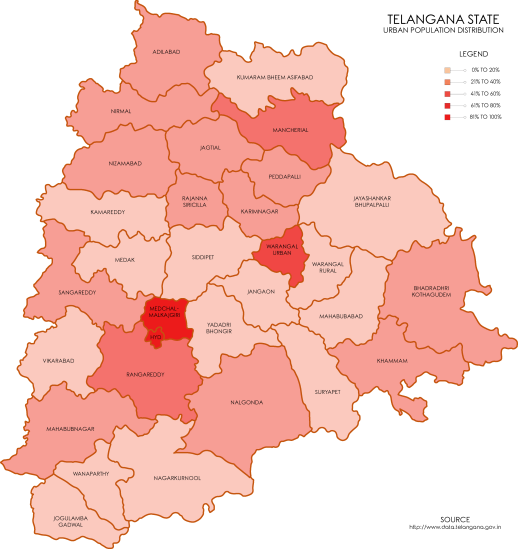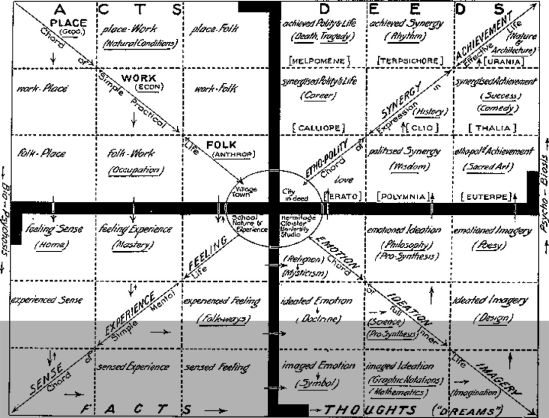New States, New Possibilities
New States, New Possibilities
Whenever a new state emerges on the Indian political horizon, there is a burst of hope amongst its residents that the reboot will usher in a new era. Typically, a new state is accompanied by a major boost to construction activities that gets centered around the capital city.
The relatively newer states of Jharkhand and Chattisgarh with the cities of Ranchi and Raipur, went through this process a few years ago.Similarly, Telangana and Seemandhara, with Hyderabad and Amravati continue this mammoth political opera.
Unfortunately, after a few years, those bursts of hope and glory typically fade away and business continues as usual. We usually don’t get to hear beyond some new real estate projects in the capital city or tourist hotspots that the government tries hard to push. Mostly to divert attention from continued lack of development in rural areas or reckless takeover of natural resources.
One major reason for this is the relative obscurity of what lies beyond the urban horizon of these political twists in the plot. Much of rural India, in spite of the panchayat level decentralization is still ruled through systems that were designed to extract revenue and govern populations through excessive control of resources. The mechanism that is employed is primarily the governance of the district.
The district as a unit of public administration and governance has pre-colonial roots. The kingdom traditionally was ruled by centralized royal enclaves with villages being networked into larger administrative categories. British colonialism inherited and transformed the district into an even more efficient and ruthless system of revenue collection, extraction of natural resources and the setting up of infrastructural regimes of control. Feudal systems were strengthened while decentralized modes of administration – like for example traditional councils in coastal, tribal and hilly regions - were dismantled.
Today much of rural India is still administered by templates where older configurations for control and revenue extraction remain active, even as they get further straddled with achieving developmental goals. And this is where the system trips, as one logic often gets in the way of the other.
Even the well meaning and ambitious Rurban Mission project of the Central government may find itself trapped through these cross-wired systems in the coming years. The Rurban mission creates frameworks for rural governance through village cluster schemes and by the planned creation of “rurban” enclaves. It has formalized a vision articulating rural-urban habitats as integrated systems and is working towards development goals within this frame.
However, the space of the rural is a complex one. It is not constituted of discrete habitats – which can be placed on a rural-urban continuum that adds up first into networks and clusters and eventually cities. The overwhelming influence of modern urban economies in shaping rural contours remains extremely intense. Whether through shaping agricultural demand, influencing rural lives through circular migration or controlling the use of natural resources like fish and minerals.
Some scholars such as Anthony Leeds reject the category rural altogether seeing it as a sub-set of the urban. At first reading such an argument may seem to be anti-rural. A closer look reveals that it only describes power equations that exist and are indeed overwhelmingly influential – based on flows of economic energy and urban dominance. How much ever we plan rurban enclaves and rural networks of villages, the power of the urban economy will continue to overwhelm the way it emerges. In practice, the rural is indeed the sub-set of the urban and the more this is acknowledged and understood, the better will we be in the position to actually make lives and economies in rural areas prosper and grow.
What new states like Telangana need is new ways of thinking about administration, especially around the categories rural and urban. Configurations that emerge around existing lives, along the flows of people and goods, where local histories and economies have a greater say at larger regional and national levels – have to become the real contours for governance and participation.
This article was published in The Hindu Sunday Magazine on 3rd December 2017.


